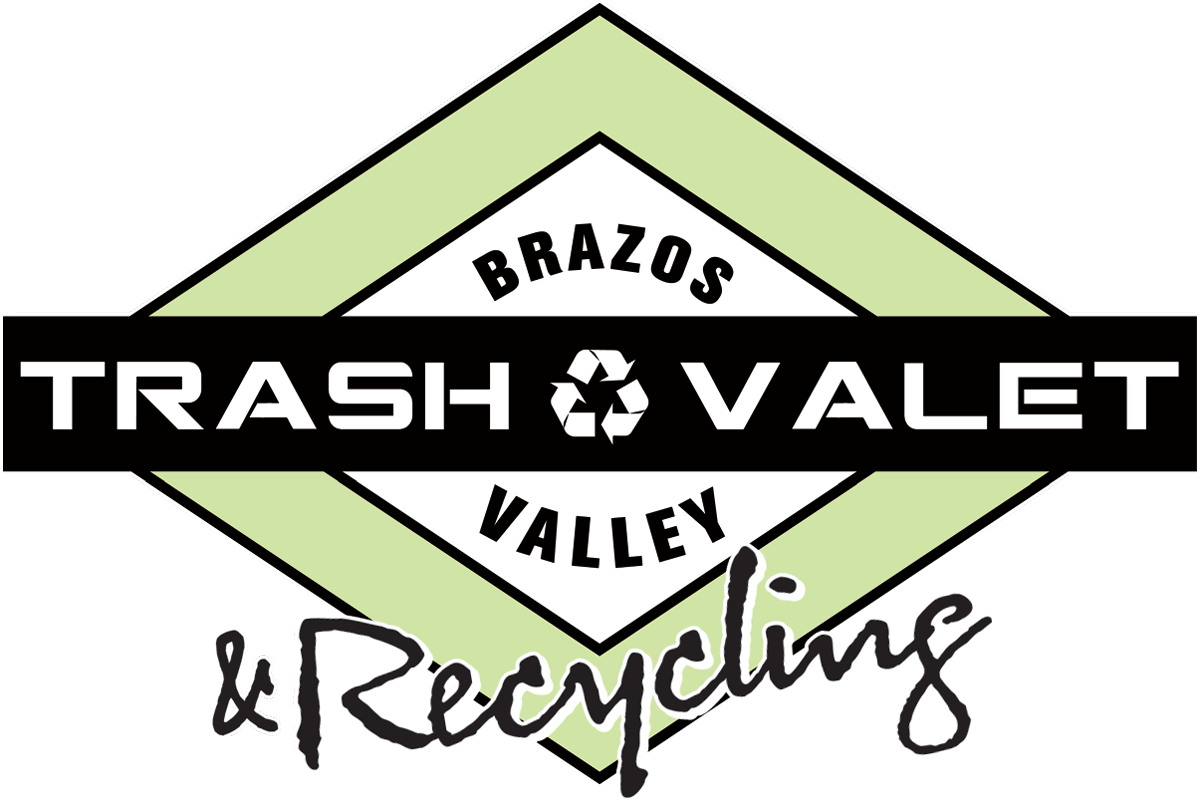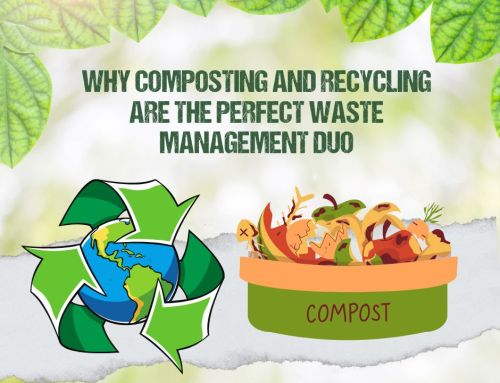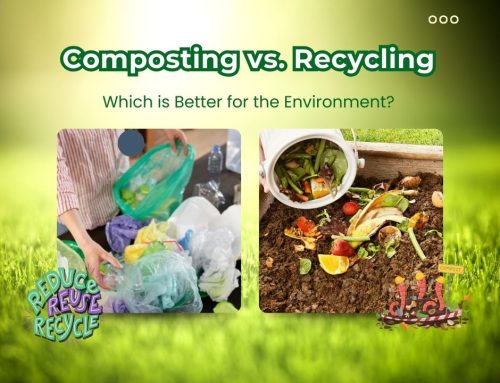Top 5 DIY Compost Bin Ideas: Affordable and Effective Ways to Create Your Own Compost Bin Using Recycled Materials
Composting is a great way to reduce household waste and nourish your garden with nutrient-rich soil. Building your own compost bin doesn’t have to be complicated or expensive — in fact, you can create one using materials you already have at home. Here are five creative DIY compost bin ideas that are affordable, effective, and made from recycled materials:
Repurposed Plastic Storage Bin
- Materials Needed: Old plastic storage bin with a lid, drill, and newspaper or dry leaves.
- Instructions: Drill small holes on the sides, bottom, and lid of the bin for ventilation. Place a layer of newspaper or dry leaves at the bottom, then add kitchen scraps and yard waste.
- Benefits: Easy to make, portable, and perfect for smaller spaces like balconies or patios.
Wooden Pallet Bin
- Materials Needed: Four to six wooden pallets, nails or screws, and a hammer or screwdriver.
- Instructions: Assemble the pallets in a square or rectangular shape to create the sides and bottom of the compost bin. Secure them together with nails or screws.
- Benefits: Sturdy and spacious, ideal for larger backyards. The gaps between the slats allow for good airflow.
Wire Mesh Compost Bin
- Materials Needed: Wire mesh or chicken wire, metal stakes, and pliers.
- Instructions: Form the wire mesh into a cylinder or square shape and secure it with metal stakes. Place it directly on the ground so worms and microorganisms can easily access the compost.
- Benefits: Affordable and easy to move, this option is great for those looking for a simple solution that promotes good airflow.
Recycled Wooden Crate Bin
- Materials Needed: Large wooden crates, nails or screws, and a screwdriver or hammer.
- Instructions: Stack the crates on top of each other and secure them to create a multi-tiered compost system. Drill extra holes for added ventilation if needed.
- Benefits: Compact and attractive, suitable for small gardens. The wooden material helps regulate moisture levels.
DIY Trash Can Composter
- Materials Needed: Old plastic or metal trash can with a lid, drill, and bungee cord.
- Instructions: Drill holes around the sides, bottom, and lid of the trash can. Add compostable materials and secure the lid with a bungee cord to keep critters out.
- Benefits: Budget-friendly and easy to rotate for faster decomposition. Great for small to medium-sized households.
Composting Tips:
- Balance Green and Brown Materials: Aim for a mix of “green” (kitchen scraps, fresh grass clippings) and “brown” (dry leaves, shredded newspaper) to maintain a healthy compost.
- Keep It Moist, But Not Soaked: Your compost should be as damp as a wrung-out sponge.
- Turn Regularly: Mixing the pile helps speed up the decomposition process by introducing oxygen.
Creating your own compost bin using recycled materials is a simple, eco-friendly project that anyone can do. Not only does it help reduce landfill waste, but it also produces valuable compost that benefits your garden. Happy composting!
Share This Story, Choose Your Platform!
Top 5 DIY Compost Bin Ideas: Affordable and Effective Ways to Create Your Own Compost Bin Using Recycled Materials
Composting is a great way to reduce household waste and nourish your garden with nutrient-rich soil. Building your own compost bin doesn’t have to be complicated or expensive — in fact, you can create one using materials you already have at home. Here are five creative DIY compost bin ideas that are affordable, effective, and made from recycled materials:
Repurposed Plastic Storage Bin
- Materials Needed: Old plastic storage bin with a lid, drill, and newspaper or dry leaves.
- Instructions: Drill small holes on the sides, bottom, and lid of the bin for ventilation. Place a layer of newspaper or dry leaves at the bottom, then add kitchen scraps and yard waste.
- Benefits: Easy to make, portable, and perfect for smaller spaces like balconies or patios.
Wooden Pallet Bin
- Materials Needed: Four to six wooden pallets, nails or screws, and a hammer or screwdriver.
- Instructions: Assemble the pallets in a square or rectangular shape to create the sides and bottom of the compost bin. Secure them together with nails or screws.
- Benefits: Sturdy and spacious, ideal for larger backyards. The gaps between the slats allow for good airflow.
Wire Mesh Compost Bin
- Materials Needed: Wire mesh or chicken wire, metal stakes, and pliers.
- Instructions: Form the wire mesh into a cylinder or square shape and secure it with metal stakes. Place it directly on the ground so worms and microorganisms can easily access the compost.
- Benefits: Affordable and easy to move, this option is great for those looking for a simple solution that promotes good airflow.
Recycled Wooden Crate Bin
- Materials Needed: Large wooden crates, nails or screws, and a screwdriver or hammer.
- Instructions: Stack the crates on top of each other and secure them to create a multi-tiered compost system. Drill extra holes for added ventilation if needed.
- Benefits: Compact and attractive, suitable for small gardens. The wooden material helps regulate moisture levels.
DIY Trash Can Composter
- Materials Needed: Old plastic or metal trash can with a lid, drill, and bungee cord.
- Instructions: Drill holes around the sides, bottom, and lid of the trash can. Add compostable materials and secure the lid with a bungee cord to keep critters out.
- Benefits: Budget-friendly and easy to rotate for faster decomposition. Great for small to medium-sized households.
Composting Tips:
- Balance Green and Brown Materials: Aim for a mix of “green” (kitchen scraps, fresh grass clippings) and “brown” (dry leaves, shredded newspaper) to maintain a healthy compost.
- Keep It Moist, But Not Soaked: Your compost should be as damp as a wrung-out sponge.
- Turn Regularly: Mixing the pile helps speed up the decomposition process by introducing oxygen.
Creating your own compost bin using recycled materials is a simple, eco-friendly project that anyone can do. Not only does it help reduce landfill waste, but it also produces valuable compost that benefits your garden. Happy composting!




